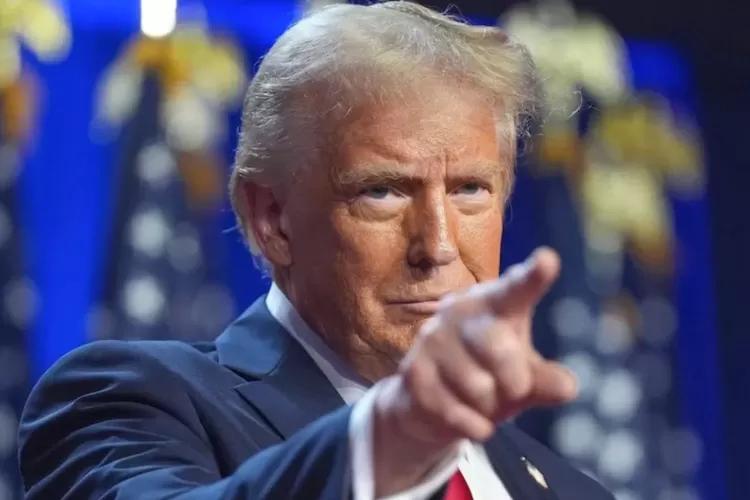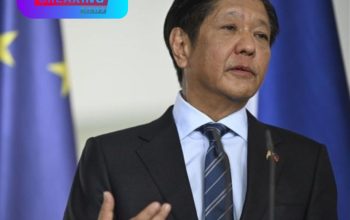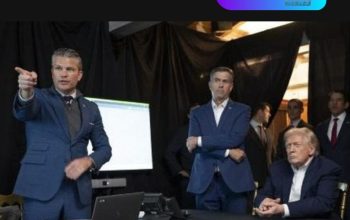Indonesia negotiates US tariffs as the country prepares for a major import operation scheduled for July 9. The government aims to create a more competitive trade structure with key partners like the United States, ensuring smoother access to raw materials and essential goods.
Background of Trade Negotiations
Ongoing global trade tensions and potential tariff hikes on developing countries have prompted Indonesia to accelerate its bilateral discussions. Lowering or removing US tariffs is seen as vital for maintaining competitiveness in local manufacturing.
Over recent months, Indonesia-US trade has shown positive momentum. However, tariff uncertainties continue to loom. As a result, Indonesia’s Trade Ministry has held key meetings with the United States Trade Representative (USTR) to explore a fairer framework.
Mass Import Plan Ahead of July 9
The Indonesian government plans to execute a massive import program targeting materials needed in the automotive, electronics, textile, and agriculture sectors. The goal is to strengthen domestic production in Q3 2025.
Key imports will include steel, semiconductors, cotton, soybeans, and heavy machinery. Customs clearance efficiency is a central component of the strategy.
Strategic Goals Behind Tariff Talks
The main aim of Indonesia negotiating US tariffs is to secure preferential rates that benefit local industries. The government also wants to stabilize import prices to ease the burden on businesses.
Expanding Indonesia’s access to the Generalized System of Preferences (GSP) is also on the agenda. The Trade Ministry hopes to add more eligible export products under this scheme.
Impact on Business and Industries
A successful outcome would significantly reduce production costs for Indonesian firms. Labor-intensive sectors like garments and footwear stand to benefit from cheaper imported inputs.
Agriculture will also gain access to modern equipment at lower costs, boosting national productivity and competitiveness.
US Response to Negotiations
The United States has welcomed open discussions with Indonesia. A USTR statement emphasized the importance of the partnership in the broader Indo-Pacific context.
However, the US also noted that future tariff preferences will depend on Indonesia’s commitment to transparency, labor rights, and regulatory reform.
Support from Industrial Groups
Indonesian industry associations have voiced support for the Indonesia-US tariff talks. They urge the government to secure optimal terms to relieve logistical and input costs.
Economists view the negotiations as a pivotal step in improving Indonesia’s position in the global supply chain.
Challenges Ahead
Despite the positive outlook, challenges remain. These include currency fluctuations, geopolitical tensions, and harmonization of technical standards across countries.
Experts recommend that Indonesia also enhance its domestic logistics, customs digitization, and fiscal incentives to complement the external negotiations.
Conclusion: A New Economic Window?
Indonesia negotiates US tariffs with the intent of creating an efficient import mechanism while building a stronger economic foundation. If successful, these efforts could reshape Indonesia’s trade landscape for the long term.
All eyes are now on the outcome of this diplomatic push, as it could determine the country’s trade direction for years to come.



